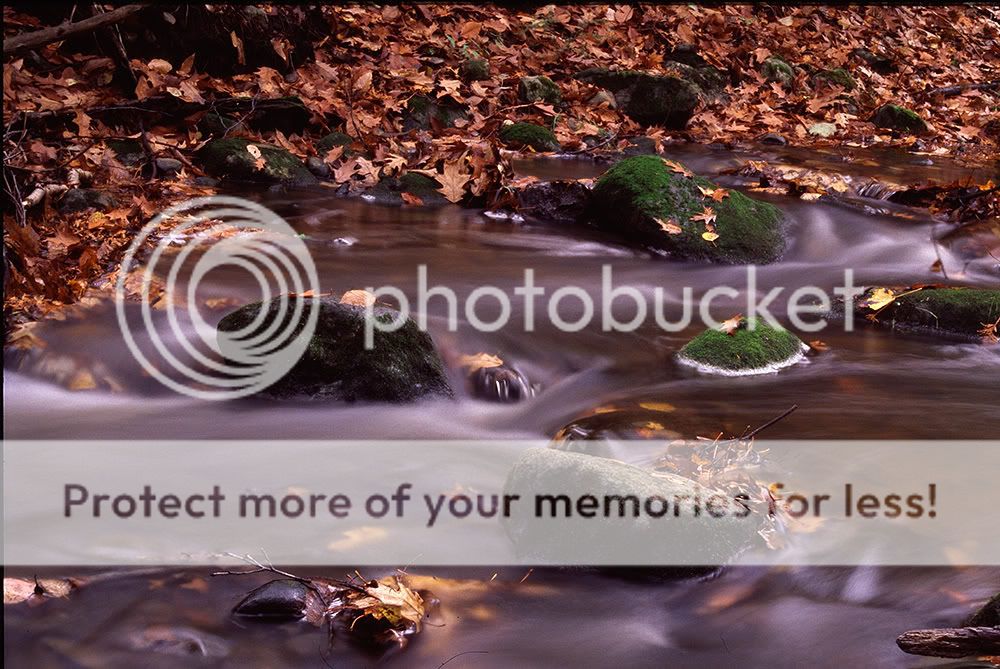hey...
part of the reason that you were not happy with film results in the past is for just that reason: film (color negative)
with film, you have very little control over how the prints turn out. in your mind that shot should have looked one way, and when you got the print you are dissapointed.
for this exact reason, years ago I gave up negetives and started shooting slide film. with slide film exposure settings are a lot more critical then with negatives.
The bad thing with slides: exposure has to be spot on
the good thing about slides: once you know how to expose properly using slides, you have complete control over the outcome (well, much more control then negetives)
so if you want to have a photo that will be low key, then expose for this and that is what you will get. with film, it will be processed in a machine that will average everything in the scene you captured, and your low key shot comes out a dissapointment as the print looks like a "normal" shot.
as far as scanning goes, it can be quite expensive to get someone to scan a 16bit image for you. you could be looking at 2-5 dollars or more for one scan.
if you are not too fussy about the digital outcome of the photo, then get a flat bed scanner with the ability to scan films and slides.
if you want to scan 48bit colors, then make sure that the scanner has 42 or 48 bit color INPUT AND OUTPUT. don't be fooled by a scanner that has high bit claims, unless you get one that has the output at 42 or 48bit, all you will get is a 24bit image to work with.
If you want some seriously great looking scans at 48bit or 24bit, invest in a dedicated film/slide scanner as I did.
I have a canon canoscan fs4000us that scans at 4000x4000 dpi at 42 bit color.
if you start shooting slide film and invest in one of these babies, you will not be dissapointed.
you will need some serious horsepower in your computer though.
at 4000x4000dpi and 42bit color, one scan averages between 69 to over 100mb.
If you are worried about cost, I am sure e-bay will have some good used ones.
nikon also has the same scanner (4000x4000dpi) but it is almost double the price, but it is also much faster at scanning.
If I turn on dust and scratch removal and scan a slide at max resolution and color depth, it can take up to 10 minutes for one scan.
so as far as you question goes, it all depends on what quality you are looking for.
hope this helps
here is a review of the fs4000us, and it also compares a photo scanned with a flat bed and the fs.
Canon Canoscan FS4000US 

 Similar Threads
Similar Threads 
























